Does the space within which an artwork is exhibited “change” the work, or have an impact on the way it is received? Parvathi Nayar explores.
Read: Curating Exhibits: Difference Between Museums and Art Galleries.
If a museum was once about history and ownership, the advent of the contemporary art museum has shifted some of these paradigms. For a visual artist today, the opportunity to exhibit in a museum represents all sorts of complex achievements. The changing notions of what comprises art and where it can be exhibited may be reflective of the changing attitudes of museums accepting the transitional and provisional nature of contemporary art. However, we cannot deny that exhibits in museums are representative of a certain patronage, a signal of support or of co-opting.
A museum exhibition offers an ideal opportunity to get the essential modes of display correct, such as the lighting, the space needed for an artwork to breathe and the wall text. But ultimately, this display is subjective. How do we, and who determines, how art works should be shown, as with the Fountain, whether on a plinth, behind a plastic acrylic box, laid bare on a pedestal, in which part of the room, corner or foreground, and so on.
While the debate rages on about how much information is to be given, the advantage of a museum show is that there is scholarship and intent, the will, and funds to have enough entry points into the work for the general public. This could be through signage, catalogues, audio guides as well as website content that provides additional material about the exhibit that allow the interested viewer to have a deeper conversation with the work of art.
Read: Writing Text for Museums: Talking to Your Visitors
In his provocative book The Invisible Dragon, Dave Hickey puts forth, among other things, the problems inherent in the institutionalization of art and of institutions, for instance, museums becoming the arbiters of art. It is a valid point – and crucial for a healthy art scene – that we as individuals, art makers and art appreciators develop and trust our instincts about art, and how we can converse with art.
Dear readers, tell us about your recent visit to an art museum and how you engaged with the works of art on display? We would love to hear your comments.
About the Author
 Chennai-based Parvathi Nayar is a contemporary artist known for her drawing and video practice. Her works were part of the Kochi Muziris Biennale 2014/15; her 20’ sculptural drawing A Story of Flight is part of Jai He art programme at T2 Mumbai airport. Her solos include The Ambiguity of Landscapes (2014, Chennai), I sing the body electric (2008, Mumbai), Win Lose Draw (2007, Singapore).
Chennai-based Parvathi Nayar is a contemporary artist known for her drawing and video practice. Her works were part of the Kochi Muziris Biennale 2014/15; her 20’ sculptural drawing A Story of Flight is part of Jai He art programme at T2 Mumbai airport. Her solos include The Ambiguity of Landscapes (2014, Chennai), I sing the body electric (2008, Mumbai), Win Lose Draw (2007, Singapore).







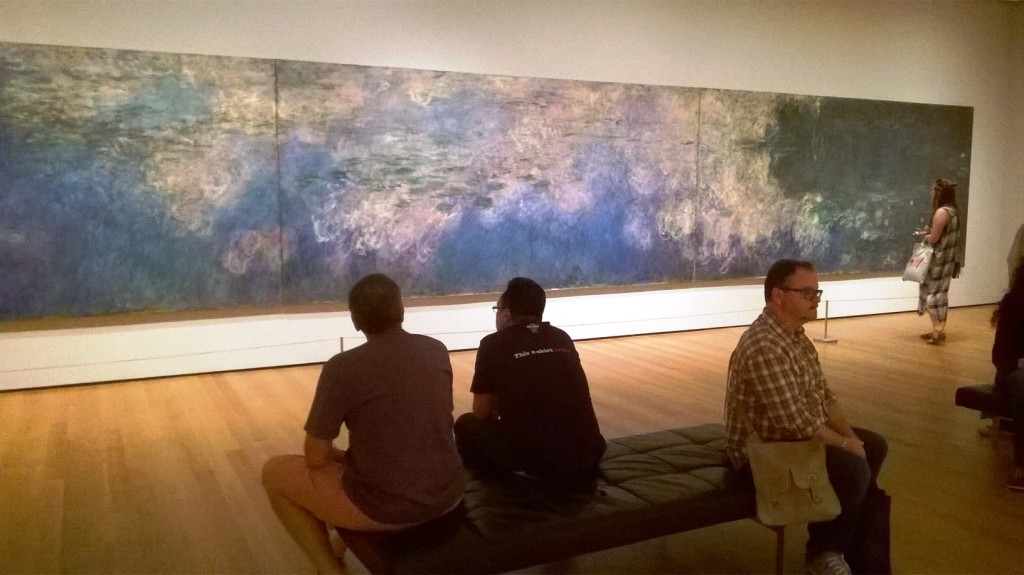
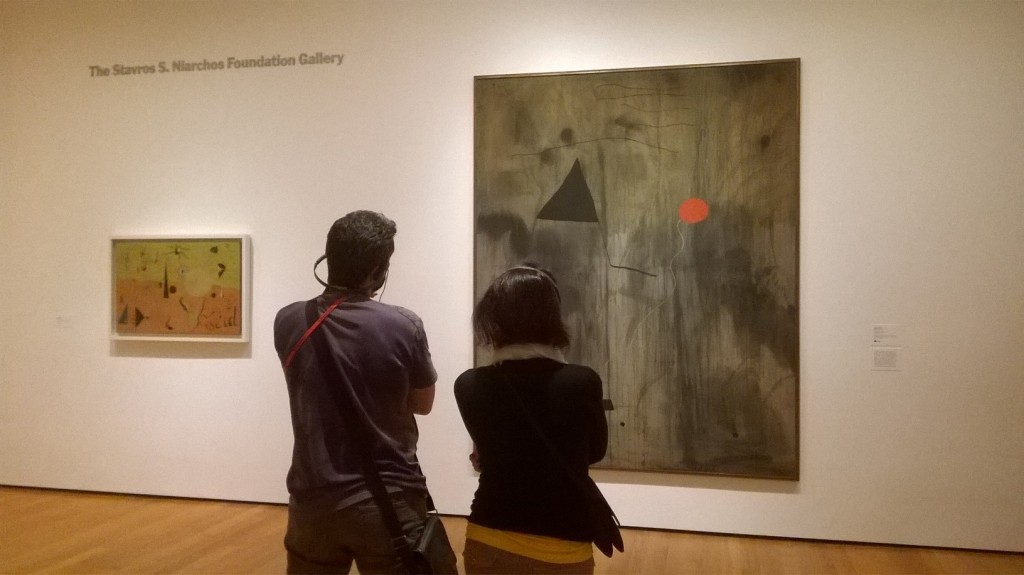
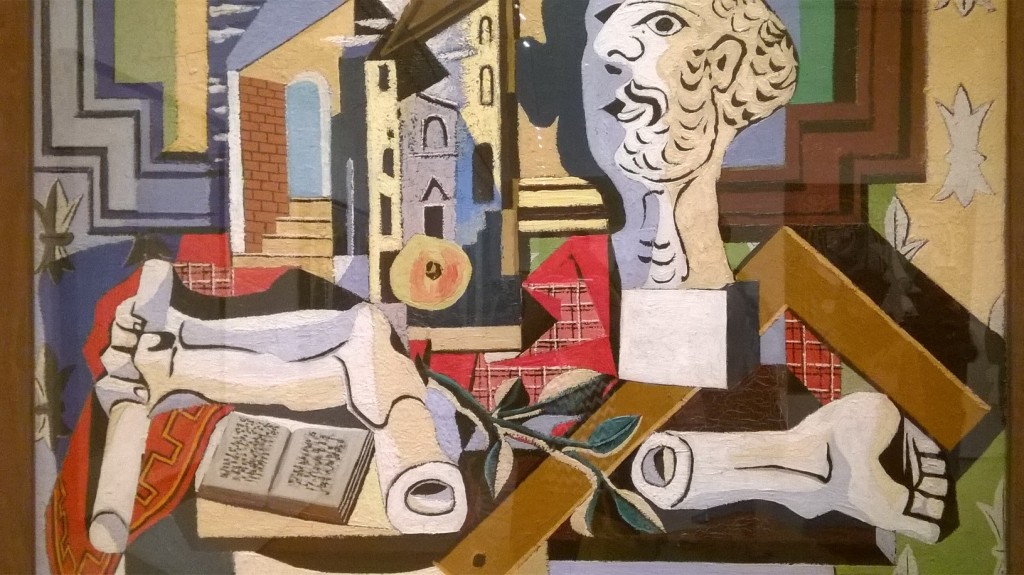
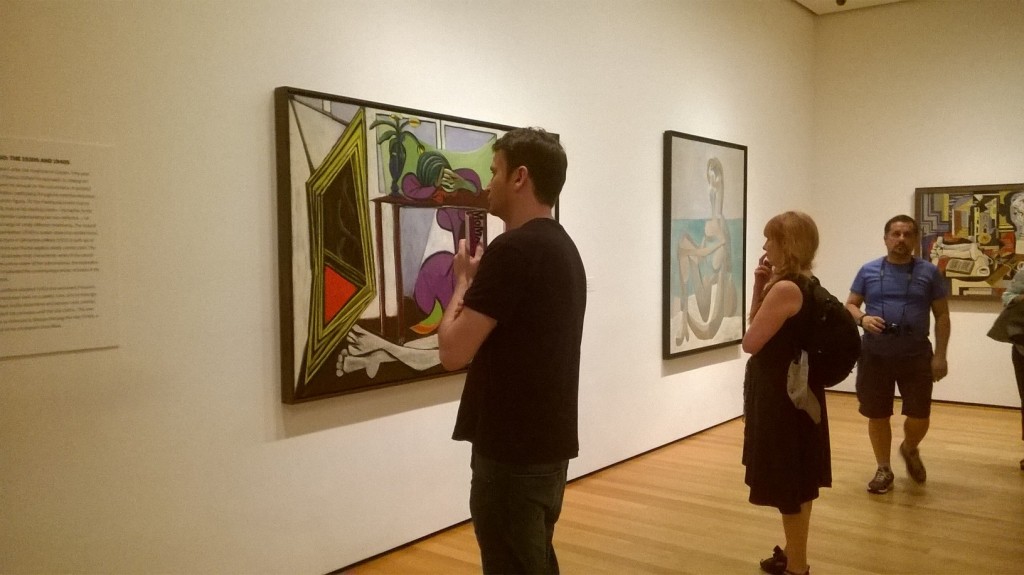
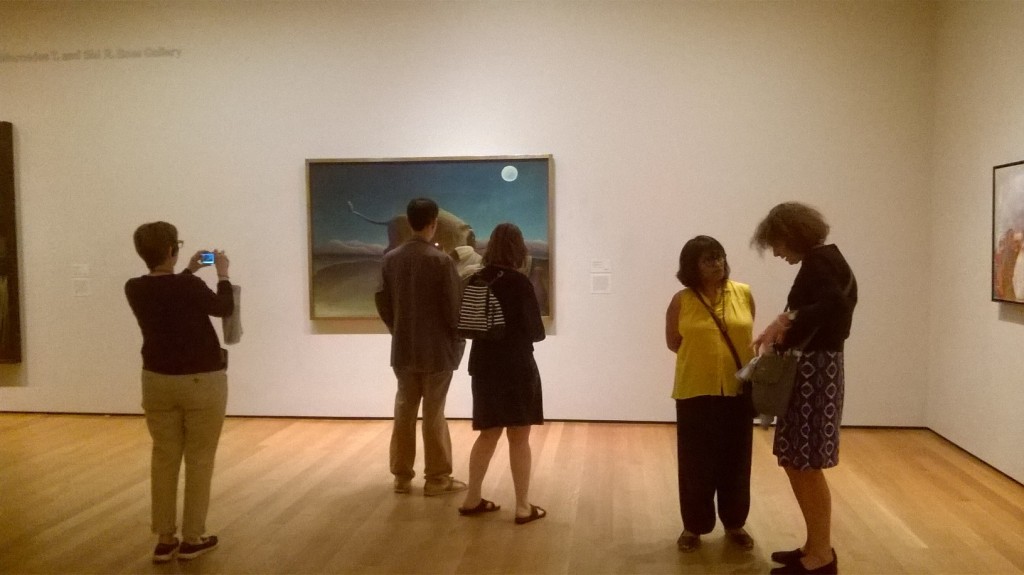
Recent Comments